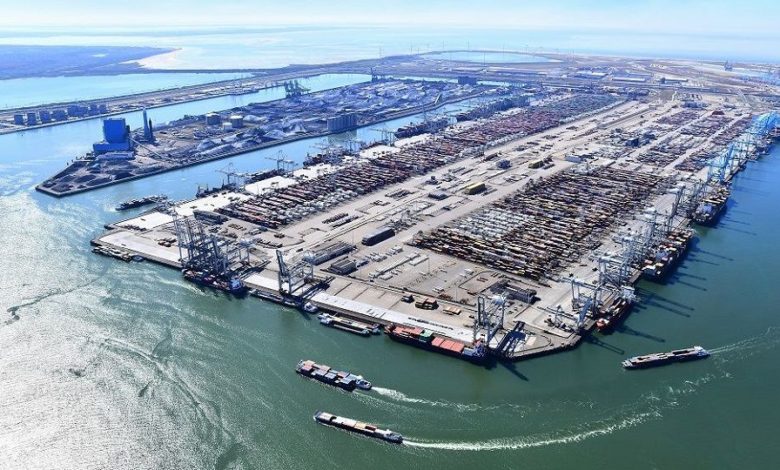Port of Rotterdam adopts integrated planning for inland container shipping

The Port of Rotterdam has signed on to use integrated planning after a pilot project that resulted in faster handling of inland vessels.
Nextlogic matches supply and demand for inland container shipping handling. Barge operators enter their rotation, calls and cargo information in Nextlogic in advance for each inland vessel. Container terminals and empties depots do the same for their available handling capacity. Nextlogic combines the information to create an optimised schedule for all parties, updated every 15 minutes 24/7.
About 60% of the port’s inland shipping volume – from four deep sea terminals and 15 barge operators – is currently planned through Nextlogic. A fifth deep sea terminal, empties depots and other barge operators are preparing to connect to the system.
“Integrated planning is the route to optimal productivity for everyone in the Port of Rotterdam,” said Thijs van den Heuvel, board member of VITO, the Association of Dutch Inland Terminal Operators, in a statement. “The more parties join in the coming period, the better Nextlogic will become.”
“The ultimate goal,” said Sijbrand Pot, Interim Director of Nextlogic, “is to achieve a more transparent, efficient port that benefits everyone.”
